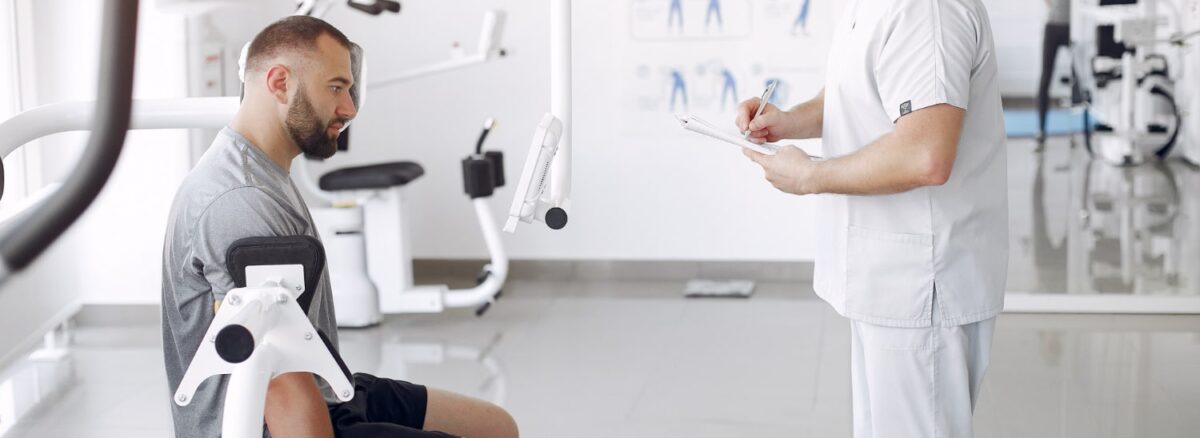Most truck drivers must pass a Department of Transportation Physical (DOT Physical) to keep a valid commercial driver’s license (CDL). If you’re wondering what a DOT physical is, here’s what to expect during one.
Understanding What a DOT Physical Is
The U.S. Department of Transportation sets the DOT physical requirements to ensure drivers are physically, mentally, and emotionally fit to drive big rigs or high-capacity vehicles. The mandate keeps not only the driver safe but also others on the road.
The requirement is for both interstate and intrastate commercial vehicle operators. Federal Motor Carrier Safety Administration (FMSCA) designates intrastate as service performed within the business’s home state, while interstate drivers service across state and country lines.
The exam is valid for two years unless the medical provider issues a certificate for less than that. Typically, a medical provider will only do that if they need to continue monitoring a condition such as high blood pressure or diabetes.
Who Does DOT Physicals?
A certified medical examiner (CME) performs the exam. However, not every licensed medical provider is a CME. They must be certified with FMSCA, but they can be a medical doctor (MD), Doctor of Osteopathic Medicine (DO), nurse practitioners (NP), physician assistants (PA), doctors of chiropractic (DC), advanced practice registered nurses (APRN/APN), or naturopathic doctors (ND). FMCSA has created a national registry to find a CME near you.
What Does a DOT Medical Exam Include?
Before heading into the doctor’s office for your DOT physical, ensure you have a list of all your current medications.
- Blood Pressure: Your blood pressure must be 140/90 or below. Foley finds that if you are between 140/90 and 179/109, you may need more frequent medical exams or a period to lower your blood pressure to pass the exam.
- Hearing Test: Drivers must be able to perceive a whispered voice at no less than five feet away or average hearing loss of less than 40 dB in the better ear. You can wear hearing aids for these tests.
- Vision Test: Your vision must be at least 20/40 acuity with or without corrective lenses and see 70° of the horizontal field of vision, peripheral sight, to pass the exam
- Mouth and Throat Exam: CME will look for breathing or swallowing problems.
- Neurological Exam: This test is for your reflexes to ensure your nervous system is not impaired.
- Spine Check: The CME will check for any spine deformities that could worsen from driving a truck for long hours.
- Heart and Lungs: FMCSA finds cardiovascular disease is the leading cause of medical illness and sudden death in commercial motor vehicle drivers. So, CMEs will make sure your heart and lungs are healthy.
- Urine Test: Foley says this test is to see your blood sugar levels. Some employers will also use it for a drug test, but a DOT physical does not look for legal or illegal substances.
- Hernia Check: Having an untreated hernia will cause you to fail the exam.
- Abdomen Check: CMEs will press on your abdomen to check for any abnormalities.

